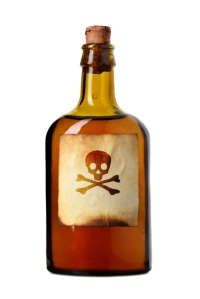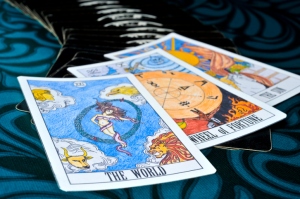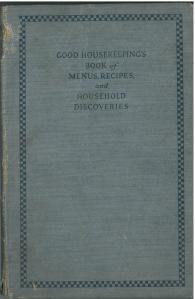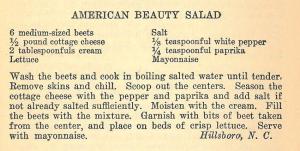Last week I did a talk for about 60 members of the general public, for a short annual series called “Mini-Med School” offered through the University of Toronto. The title of my talk, “Alcohol: A Delightful Poison?” was meant to pique peoples’ interest in a substance that is pretty thoroughly integrated into everyday life in Western culture. The focus was on challenging assumptions and providing a few “aha” moments – we looked at standard drink conversions, low-risk drinking guidelines, health effects of alcohol, brief screening tools and treatment options.
Since didactic lecturing is counter to constructivist approaches, here are a few ways that I encouraged learning by doing in this 90 minute session:
– At the beginning and the end I invited the audience the consider 3 things: (1) A feature that resonated for me (2) A question I want to think through (3) A seed I could plant now.
– A “bar” set up at the front of the room had a white tablecloth and liquor bottles full of coloured water and empty glasses of different sizes. A volunteer bartender and customer from the audience poured drinks, while another volunteer measured. The results? The “martini” was close to 4 standard drinks; the highball glass contained just over three standard drinks, and the wine was just under one standard drink.
– I asked people to turn to the person next to them and guess the percentage of Canadian men and Canadian women who consume over 14 standard drinks in a typical week. The large-group polling revealed a massive over-estimate of Canadian drinking norms based on research data – in other words, marketing trumps science in the popular imagination.
– Q & A after each section distributed questions throughout, instead of asking people to save everything up for the end. This elicited some of the “burning questions” and relevant issues as they occurred to learners.
– When it came to exploring screening tools to see who might be at risk for alcohol-related problems, we collectively, as a large group, went through the various tools using a fictional case example (“Alex”). This evoked some great comments and questions about the shortfalls of brief screening (sensitivity and specificity), and made the tools more relevant to real-world applications.
– We held a raffle for prizes – a few books focused on alcohol and alcohol treatment – which kept everyone in their seats until the conclusion, and helped to end the session on a high note.
– Along with the slides, I put together a “playlist” of songs related to drinking – as a way of further underlining how alcohol is culturally interwoven with relationships and experience.
It’s not easy to keep people on the edge of their seats for 90 minutes on a Thursday evening, but I felt like the group stayed present and brought home some memorable key elements and applications.
You can check out the slide deck for this talk on Slideshare…or see it on Vimeo.








